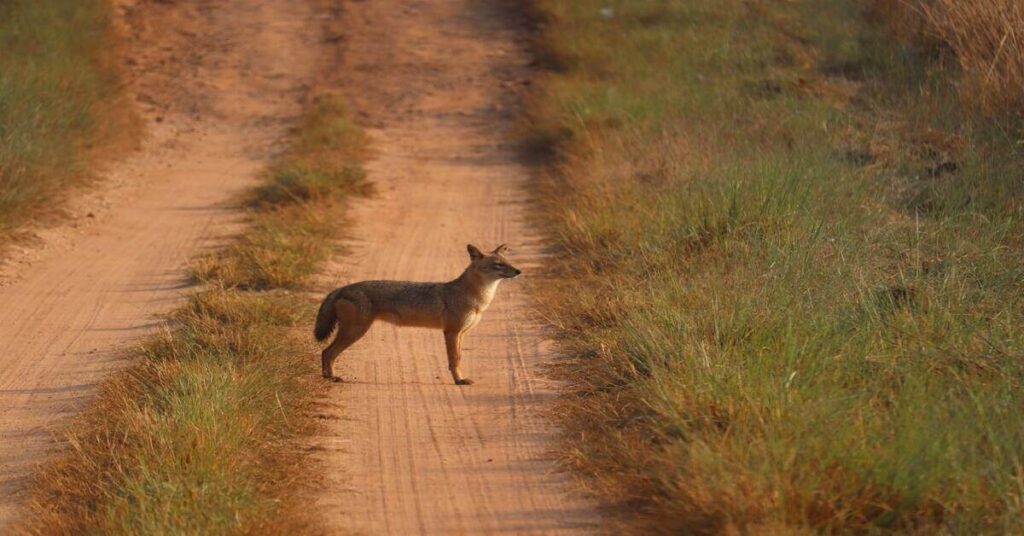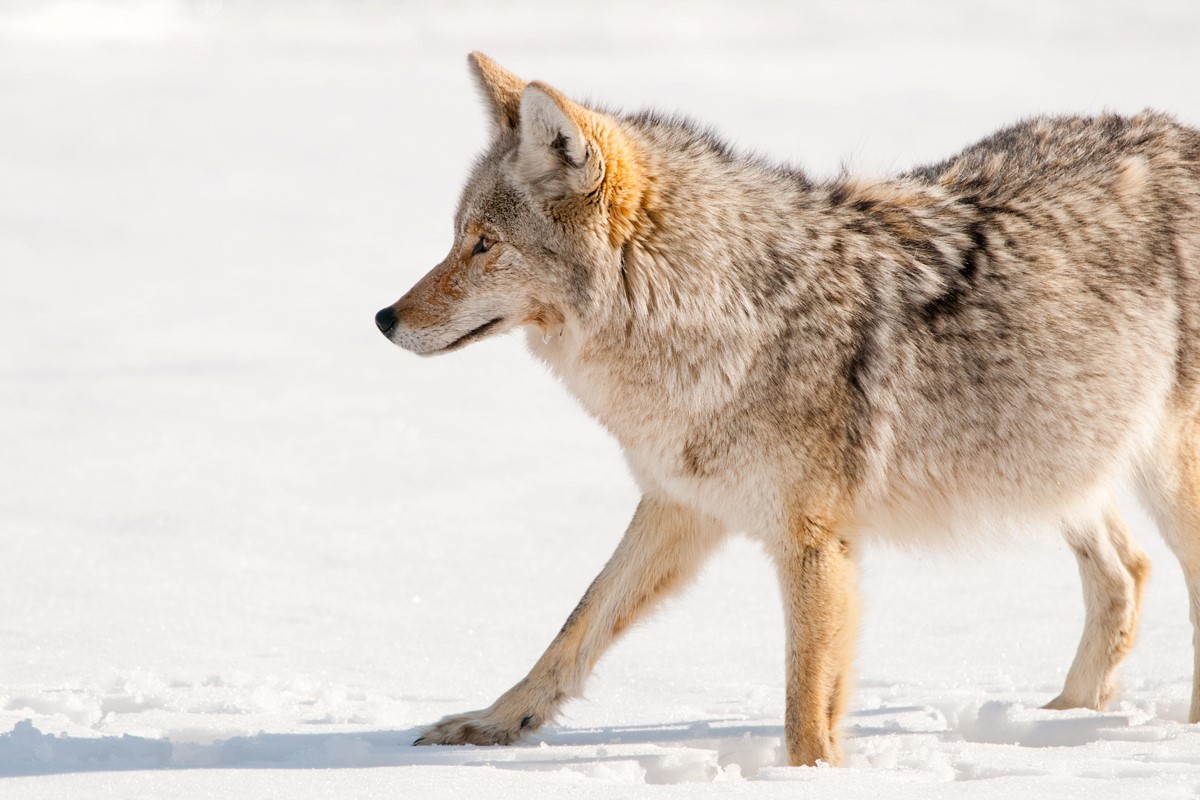

Second, cleaning up and sewing a coyote blasted by a shotgun is quick and easy. Our reasoning for getting them so close is twofold: First, it makes for an exciting hunt. My goal is to get every coyote as close as possible, and over the years, my crew and I have shot piles of them at less than 5 yards. One of the biggest mistakes I see newbie coyote hunters make is taking shots that are too long. The author’s son hauls a furred-up November dog off the Colorado plains. As good as late fall is for calling coyotes, you do have to be a little more patient. Temperatures were in the upper 50s, and it took precisely 17:28 seconds for a pair of coyotes to wander in. We’d never called the spot in November before, and this his time it was different. All (including some doubles and triples) have come sprinting to a Sparrow-Raspy WP distress sound, and all dogs showed up during the first 5 minutes of each calling session. Over the past three years, we’ve called the area six times, always later in the winter, and killed nine coyotes.
#Best coyote sounds for late december full#
It’s a large sage flat full of bird life. During November, food is easier to obtain than it is in late winter, which may cause dogs to be a little less aggressive as they head towards a meal.Įarlier this month, my son and I started calling at one of our money spots at 10 a.m. The key is to keep scanning and not start losing faith at the 15-minute mark. My rule of thumb this time of year is to stay on stands for 30 minutes. I have kept extensive records over the years, and I believe after the 12-minute mark, your odds of calling a coyote start to go down a little, but they remain pretty good for longer than that. “But it’s hard to stay focused when they don’t come in the first 5 minutes.” My 16-year-old son said it best the other day while we were driving up a dirt road on the way to our next calling point. “Dad, I love to call coyotes,” he sad. Match your sounds to the game that’s in the area, and you’ll have more success. As a result, smart coyotes get used to those sounds and avoid them. I would guess more than 80 percent of coyote callers rely solely on rabbit sounds. Don’t just go to your calling grounds, crank up a wounded-rabbit sound, and call it good. If the droppings have deer or pronghorn hair, they’re keying on fawns and will come to a fawn-in-distress call. If the droppings are full of feathers, coyotes are keying on birds. If you’re rolling down a two-track road and find some droppings, put on some rubber gloves and investigate. For instance, if you see a few dogs sniffing around in a prairie dog town, you know these plump prairie pests are on the menu.

This isn’t a difficult task, but you have to pay close attention. Before you touch a call, spend some time scouting your area and find out what the local song dogs are eating. Here’s a trick that should be obvious but that most coyote hunters don’t bother doing-and it can make a huge difference. When you know what area coyotes are eating and key in on the sounds their favorite prey, you’ll be in for great hunting. Before Calling, Find Out What Coyotes Are Eating. They’re never easy to fool, but if you follow these four tips, you’ll have plenty of fur for the stretching board. Of course, these are still coyotes we are talking about. Young of the year coyotes are highly susceptible to distress calls now, and coyotes young and old are spending more time on their feet hunting for food. Pelts are thickening-getting prime for the taking. When it comes to calling dogs into gun range, I don’t think there’s a better time. 223 or shotgun, and turn my attention squarely onto coyotes. There’s a window right about now, as November leans more toward December and late fall feels more like winter, when I put my big-game bow down for a while, trade it for a. We may earn revenue from the products available on this page and participate in affiliate programs.


 0 kommentar(er)
0 kommentar(er)
